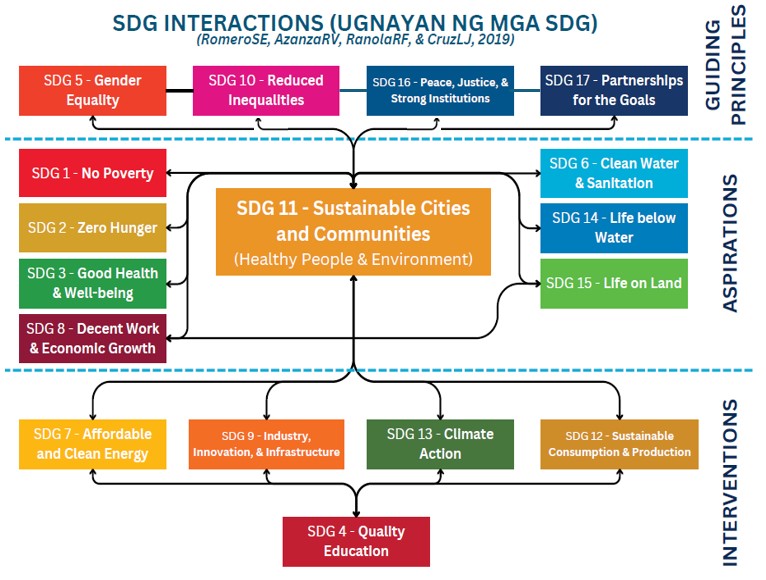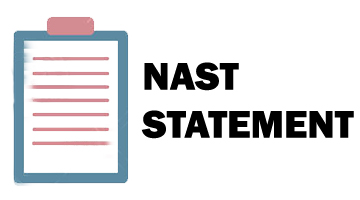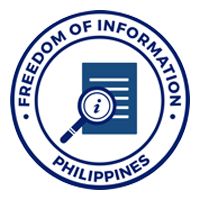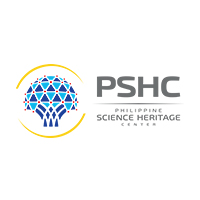Future Earth Philippines (FEP) was established in 2017 as a collective effort by a group of scientists and individuals from the business sector and civil society. Their initiative was driven by concerns over the urgent ecological issues confronting the nation. Since the early 1960s, the Philippines has been experiencing an ecological deficit marked by a steady decrease in biocapacity and an alarming increase in ecological footprint.
FEP is currently advancing an initiative that is focused on promoting sustainability, resilience, and inclusive development. It is aligning itself with the global Future Earth network to further its goals and objectives in these areas. Starting in 2018, FEP has organized workshops with the goal of convening diverse stakeholders including the government, the academe, NGOs, communities, and private enterprises to facilitate collaboration, communication, and collective action towards addressing pressing ecological challenges and promoting sustainability in the Philippines. The workshops are designed to cultivate an appreciation of the interrelation of the 17 Sustainable Development Goals (SDGs) and to formulate projects that are transdisciplinary and inclusive. Initially, multiple thematic clusters were formed to delineate the boundaries of their specific focal topics and challenges, as well as to identify the relevant Sustainable Development Goals.

In striving to amalgamate disciplinary and sector-specific endeavors, numerous iterations were undertaken, leading the FEP community to acknowledge the necessity of an overarching framework, as exemplified by the above diagram showing the SDG Strategic Linkage for Sustainable Cities and Communities. This was deemed essential for comprehending the interplay among the diverse SDGs.
The diagram shows the linkage of four identified key cross-cutting SDGs as Guiding Principles: SDG 5 on Gender Equality, SDG 10 on Reduced Inequality, SDG 15 on Peace, Justice and Strong Institutions, and SDG 17 on Partnerships for the Goals. The five SDGs identified as Interventions are SDG 4 on Quality Education, SDG 7 on Affordable and Clean Energy, SDG 9 on Industry, Innovation and Infrastructure, SDG 12 on Sustainable Consumption and Production, and SDG 13 on Climate Action.
The remaining SDGs are categorized as the Aspirations, with SDG 11 on Sustainable Cities and Communities serving as the focal point of convergence. With that, the FEP team has unanimously decided then to prioritize SDG 11, stressing the significance of promoting both healthy individuals and a sustainable environment. Being the central point for analyzing the diverse aspects of sustainable development, it encapsulates environmental, social, and economic dimensions. The socio-economic components that contribute to the goal of achieving a “healthy people” aspiration include SDG 8 on Decent Work and economic Growth, SDG 3 on Good Health and Well-Being, SDG 2 on Zero Hunger, and SDG 1 on No Poverty. The aspiration for a “healthy environment” encompasses SDG 14 on Life Below Water, SDG 15 on Life on Land and SDG 6 on Clean Water and Sanitation.
SDG 11 serves as a central pillar in the pursuit of sustainable development and acts as a focal point for exploring interactions among the SDGs. Urban areas, being hubs of economic activity, cultural diversity, and innovation, encounter challenges such as congestion, pollution, inadequate housing, and disparities in access to basic services. Addressing these intricate challenges necessitates a multistakeholder, transdisciplinary and systemic approach to develop resilient and sustainable urban spaces that are conducive to the well-being of both current and future generations.
SDG 4 on Quality Education serves as the cornerstone for achieving the rest of the SDGs. High-quality education and continuous learning provide individuals with the skills and abilities necessary to secure decent employment, pursue entrepreneurial endeavors, and access higher income opportunities crucial for breaking the cycle of poverty. It is essential for achieving the other SDGs as it imparts the fundamental knowledge, skills, attitudes, and values needed for individuals to prosper and actively contribute to sustainable development. High-quality education in STEM (Science, Technology, Engineering and Mathematics) disciplines is crucial for cultivating a skilled and innovative workforce essential for achieving SDG 7 on Affordable and Clean Energy, SDG 9 on Industry, Innovation and Infrastructure, 12 on Sustainable Consumption and Production, and SDG 13 on Climate Action.
Education plays a pivotal role in nurturing a generation of environmentally aware citizens who are capable of tackling challenges such as climate change, biodiversity loss, pollution, and resource depletion. High-quality education has the power to catalyze positive societal change, nurture inclusive and resilient communities, and propel the shared goal of a fair, equitable, and sustainable global landscape. The Philippines must prioritize investments in education to unlock the full productivity capacity of its citizens, essential for realizing a legacy of prosperity with healthy individuals and a sustainable environment within Sustainable Cities and Communities.
__________________________________________________________________________________________________________________________________________________
Acknowledgement: The Future Earth Philippines has been nurtured by NAST since 2017 when the initiative was adopted as a program of NAST. The proposal for establishing FEP was submitted by NS L.J Cruz through NAST for DOST funding. However, the exploratory phase of the project was implemented by NRCP. NAST implements the current project and provides secretarial support in between funding periods.
________________________________________________________________________________________________________________________________________________
1Ateneo de Manila University
2National Academy of Science and Technology
3Marine Science Institute, University of the Philippines Diliman
4University of the Philippines Los Baños
5Municipal Government of Los Baños
(Note: A full paper on the SDG Strategic Linkage Diagram will be submitted for publication in the Transactions of NAST PHL.)










